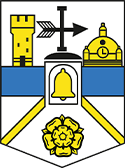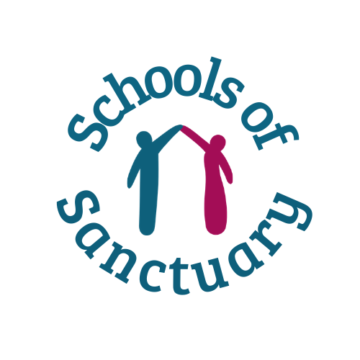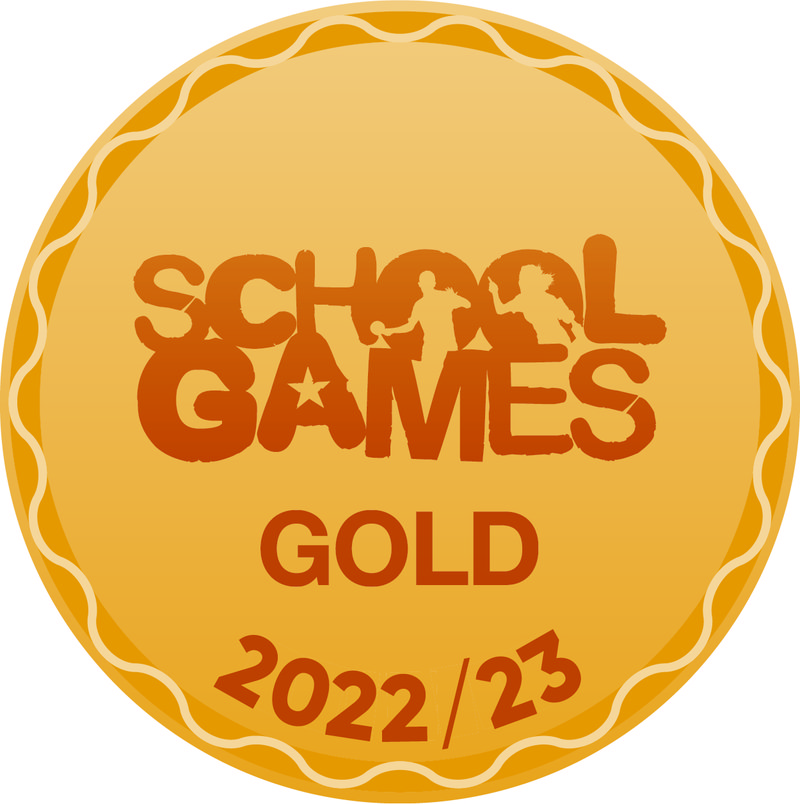Glusburn Maths Curriculum
Intent
At Glusburn School, we deliver our mathematics curriculum to ensure it follows the key aims of the National Curriculum. Our aim is to ensure that all children become fluent in the fundamentals of number so that they develop solid conceptual understanding and the ability to recall and apply knowledge rapidly and accurately.
Children at Glusburn are taught to reason mathematically by following a line of enquiry, making connections and establishing relationships whilst using mathematical language. Our mathematics curriculum carefully sequences knowledge, concepts and procedures to build mathematical knowledge and skills systematically over time. Children are taught to solve problems by applying their mathematics to a variety of routine and non-routine problems with increasing sophistication, including breaking down problems into a series of small steps and persevering in seeking solutions.
Implementation
At Glusburn Primary School, children take part in mathematics activities daily in order to cover a broad and balanced mathematics curriculum. Lessons are taught as part of a whole class, small step approach using the White Rose Maths Hub scheme and supporting materials to ensure consistency and progression across the school, from Reception to Year 6. It is important that all children at Glusburn Primary are part of our sustaining teaching for mastery journey.
Our topics have been carefully sequenced into blocks that allow children to establish firm foundations before being given the independence to apply their fluency skills as they progress onto more complex problems. Each topic begins by encouraging all children to achieve a secure number sense through varied fluency; children are provided with concrete, pictorial and abstract approaches throughout which enable them to have the tools and confidence to tackle reasoning, problem solving and investigative tasks, appropriate to the individual later on. New concepts are introduced to children through engaging and visual examples that are guided to encourage rich classroom discussion alongside exploration of manipulatives and representations; children learn to see the connections and understand that maths can be represented in different ways. Our teaching and lesson structure provides plentiful opportunities for planned revisits of previous content so that once learned, mathematical knowledge becomes deeply embedded in pupils’ memories, freeing their working memory to allow them to tackle activities with greater independence.
glusburn maths curriculum plan.pdf
All children across school have access to Times Tables Rock Stars, Numbots and 1-Minute Maths to build on their mathematical skills through deliberate practice at home. These platforms are made use of in school across KS2 alongside Mastering Number project in Years Reception, 1, 2, 4 and 5.
How are children supported within Mathematics?
Those pupils behind age-related expectations are given targeted support in lessons, tailored independent activities and may be supported with specific intervention outside of lessons. Children who grasp concepts with fluency are challenged with greater depth problems.
UNCRC Article 23: A child with a disability has the right to live a full and decent life in conditions that promote dignity, independence and an active role in the community.
How is Mathematics assessed?
Each unit of work begins by ascertaining the children’s prior knowledge and any connected knowledge held in their long term memory. Any misconceptions that arise throughout the unit are identified and address appropriately. Children continue to recall their knowledge throughout a unit in order to ensure an alteration in long term memory. The curriculum provides sufficient opportunities for planned revisits of previously learned knowledge, concepts and procedures; this is to ensure that, once learned, knowledge becomes deeply embedded in pupils’ memories.
To further support ongoing formative assessment teachers review pupils’ contributions in lessons, work in their books and record & report attainment in end of unit assessments. These are supported by end of term formative assessments and end of year tests. Progress & attainment is recorded and reported to m Maths Leads and then to SLT through pupil progress meetings. Head of Maths alongside Maths Lead both monitor the quality of teaching and learning through: biannual observations, professional dialogue, tracking data and through the recording of the impact of actions from the school development plan.
Baseline and End of Topic Checks
End of Term Assessment
Summative Assessment
Formative Assessment
Implementation: The Early Years
How is Maths enabled in the Early Years?
We believe that a structured Mastery approach, based on the White Rose Long Term Plan, and implemented throughout provision and focused teaching sessions ensures children learn new concepts that they can then demonstrate in their own independent learning. Maths is taught through the Specific Area of Mathematics. The component of Number and Numerical Patterns is enabled through for example: encouraging children to count the things they see and talk about and use numbers beyond ten; providing a wide range of number resources and encouraging children to be creative in identifying and devising problems and solutions in all areas of learning. In addition, we value the importance of providing rich opportunities for children to develop their spatial reasoning skills across all areas of mathematics including shape, space and measures. For example, having areas where children can explore the properties of objects and where they can weigh and measure, such as cookery area and building areas; planning opportunities for children to describe and compare shapes, measures and distance. It is important that children develop positive attitudes and interests in mathematics, look for patterns and relationships, spot connections, ‘have a go’, talk to adults and peers about what they notice and not be afraid to make mistakes.
How is Mathematics assessed in the EYFS?
In Early Years children are assessed against the Early Learning Goals:
ELG: Number
Children at the expected level of development will:
- Have a deep understanding of number to 10, including the composition of each number
- Subitise (recognise quantities without counting) up to 5
- Automatically recall (without reference to rhymes, counting or other aids) number bonds up to 5 (including subtraction facts) and some number bonds to 10, including double fact
ELG: Numerical Patterns
Children at the expected level of development will:
- Verbally count beyond 20, recognising the pattern of the counting system
- Compare quantities up to 10 in different contexts, recognising when one quantity is greater than, less than or the same as the other quantity
- Explore and represent patterns within numbers up to 10, including evens and odds, double facts and how quantities can be distributed equally
UNCRC Article 31: Every child has the right to relax, play and take part in a wide range of cultural and artistic activities
How can parents/carers help with maths at home?
As a parent/carer, you give your child their first experiences with maths. Even if you don't feel confident with maths, you can still make a huge difference to how your child's numeracy confidence and ability develops.

Be positive about maths. Try not to say things like "I can't do maths" or "I hated maths at school" – your child may start to think like that themselves.
Point out the maths in everyday life. Include your child in activities involving numbers and measuring, such as shopping, cooking and travelling.
Praise your child for effort rather than for being "clever". This shows them that by working hard, they can
Please see our Glusburn Maths Hub with information and guidance to help you support your child at home.









